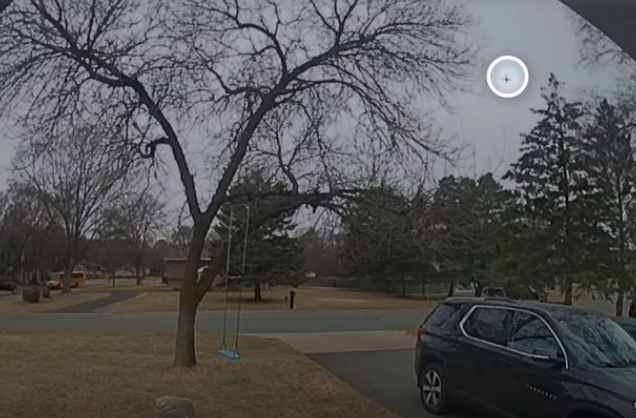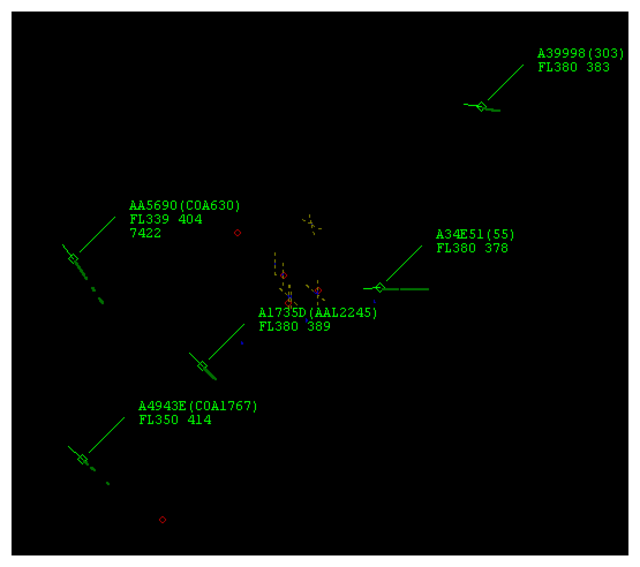General Aviation Accident Bulletin
Recent general aviation and air carrier accidents.
AVweb'sGeneral Aviation Accident Bulletinis taken from the pages of our sister publication,Aviation Safetymagazine, and is published twice a month. All the reports listed here are preliminary and include only initial factual findings about crashes. You can learn more about the final probable cause in the NTSB's website atwww.ntsb.gov. Final reports appear about a year after the accident, although some take longer. Find out more aboutAviation Safetyatwww.aviationsafetymagazine.com.
October 1, 2018, La Verne, Calif.
Beechcraft V35 Bonanza
At about 1150 Pacific time, the airplane was destroyed when it impacted terrain while approaching to land. The solo private pilot sustained fatal injuries. Visual conditions prevailed. The airplane had been cleared to land on Runway 8R.
Witnesses reported hearing a noise and observed the accident airplane in a left bank that progressively steepened before the airplane impacted the ground in a left-wing-down, nose-low attitude. Shortly after impact, a fire ignited. The airplane struck a 50-foot-high tree about 900 feet from the runway's approach end and about 185 feet left of the extended centerline.
October 3, 2018, Smithville, Tenn.
Piper PA-24-180 Comanche 180
The airplane was substantially damaged at about 1730 Central time during a forced landing shortly after takeoff. The solo private pilot was seriously injured. Visual conditions prevailed.
According to the pilot, he was delayed about 10 minutes by traffic before completing the engine runup and takeoff roll with no anomalies noted. After the pilot lifted off and retracted the landing gear, the engine stopped producing power about 300 feet above the runway. There was no time to perform remedial actions to restore power, so the pilot lowered the landing gear and touched down on the remaining runway. The airplane went off the departure end of the runway, down an embankment and across a road before coming to rest up right 384 feet beyond the runway's departure end in low brush.
Fuel was present in both wing tanks and throughout the fuel system. Both magnetos produced spark at all towers. Weather reported about 14 miles east of the accident site included a temperature of 28 degrees C and a dew point of 21 degrees C, for a relative humidity of 65 percent. According to an FAA Icing Probability Chart, the atmospheric conditions at the time of the accident were "conducive to serious icing at glide [idle] power." The accident flight was the first flight following an annual inspection.
October 4, Wagoner, Okla.
Cessna 210-5 (205A)
At about 1830 Central time, the airplane was substantially damaged when it collided with trees after a total loss of engine power. The solo private pilot incurred minor injuries. Visual conditions prevailed.
The flight was the first after the airplane's annual inspection. The pilot made three circuits around the airport; the airplane performed well and all flight parameters were normal. After leaving the airport area, a very minor "engine misfire" caught his attention. All engine parameters appeared normal but the "engine misfire" began to increase and the engine began to shake. The pilot was unable to maintain altitude and, after multiple attempts to regain power, the engine quit. The pilot slowed the airplane to minimum controllable airspeed and impacted trees and brush. The pilot exited the airplane and waited for emergency services.
October 5, 2018, Stonewall, Miss.
North American Navion A
The airplane was substantially damaged at about 1445 Central time during a forced landing to a highway after a total loss of engine power. The solo private pilot was not injured. Visual conditions prevailed.
After taking off at 1438, the pilot was in cruise flight at 3500 feet MSL when the engine sputtered. He turned back toward the departure airport, but the engine stopped producing power. Unable to glide to any airport, the pilot elected to land on a highway and set up for an emergency landing to the south. Trying to fit into highway traffic, the pilot bled off too much airspeed and the airplane landed hard on the highway. The landing gear collapsed and the airplane slid about 200 feet, coming to rest upright in the right lane.
This article originally appeared in the January 2019 issue ofAviation Safetymagazine.
For more great content like this,subscribe toAviation Safety!






